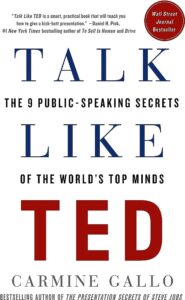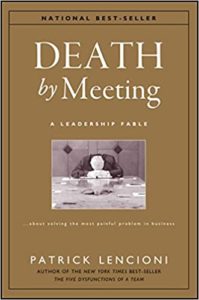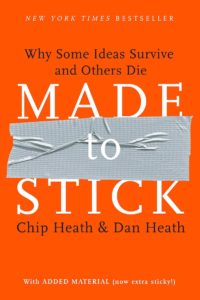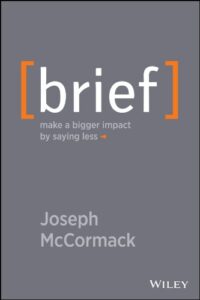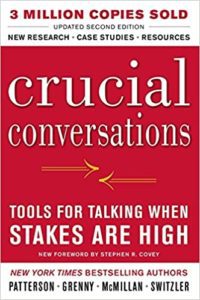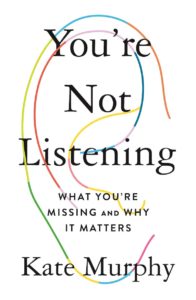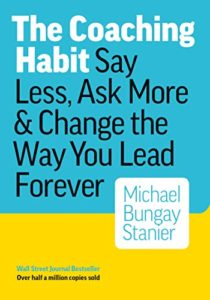The 7 Best Books on Communication
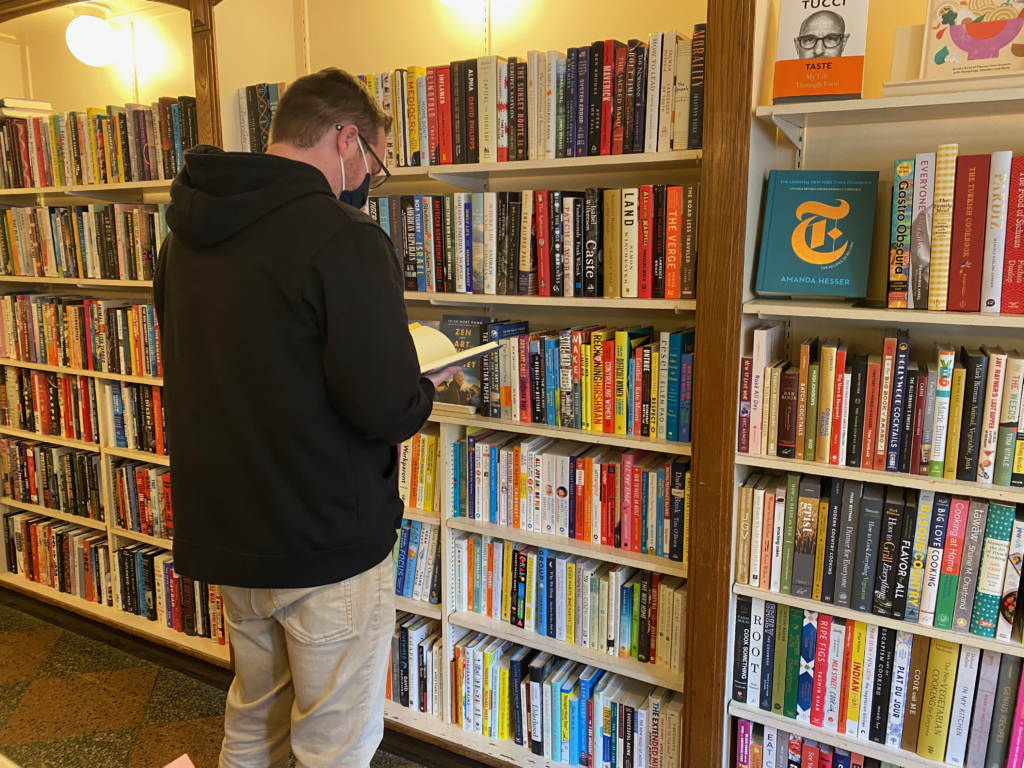
I frequently turn to books to solve the challenges I face in life and work.
One of the skills I’ve been working to develop for years is communication (in all its forms): public speaking, leading meetings, simplifying complex messages, and even listening.
From the dozens of books I’ve read about these topics, here are seven unforgettable favorites.
*Note: Each book includes an affiliate link from Bookshop.org. If you purchase one, you’ll support me and local bookstores at no extra cost to you. Win-win!
For Public Speaking:
Talk Like TED by Carmine Gallo
Book Summary:
Carmine Gallo has written three of my favorite public speaking books of all time, so you can’t go wrong with any of his stuff. Talk Like TED is my favorite. Gallo analyzes dozens of TED talks and other powerful speeches to determine the qualities that separate the best speakers from everyone else.
Just like many of my favorite books, Gallo uses stories to convey all of his ideas and tips. Along the way, you learn the “nine secrets of the world’s top presenters,” and I’ve used those tips to improve my own talks and trainings.
What I Learned from the Book:
When preparing for a presentation, Gallo recommends planning your overarching story before you even open PowerPoint. The story should frame everything, and once you have that, you can search for data and examples that reinforce your story.
He says the real power of speeches comes from framing everything in context. A graph or chart doesn't mean anything unless you explain the data in a way that connects emotionally with your particular audience. Gallo helped me realize the incredible level of preparation and planning that's required to execute an amazing pitch (of any kind).
For Leading Meetings:
Death by Meeting by Patrick Lencioni
Book Summary:
Lencioni is a masterful business storyteller. He’s one of the only leadership authors who writes his books in a “fable” format: he tells you a fictional story that is similar to what happens in thousands of businesses every day, then unpacks the story with dozens of applicable business lessons.
In my opinion, this is Lencioni’s best book. Any leader can use these lessons to immediately improve the effectiveness of their meetings.
What I Learned from the Book:
Lencioni opens by saying it would be ridiculous for a baseball player to say they love their job except for playing in games or for a surgeon to say that they enjoy what they do except for operating on patients. And yet, that’s exactly what business leaders do when they say they’d love their job except for all of the meetings. Meetings are “game time” for a business leader. They’re when real decisions get made.
Death by Meeting taught me to appreciate meetings as powerful tools for discussion, strategy, and decision-making. Lencioni encourages readers to reclaim meetings (rather than hating them) and to use different types, durations, and frequencies of meetings for different things: brainstorming, discussing strategy, executing tactics, etc.
For Making Messages Interesting:
Made to Stick by Chip & Dan Heath
Book Summary:
This is arguably the best business book I’ve ever read. Chip and Dan Heath provide powerful stories, relevant examples, and instructional workshops that teach how to craft better messages for your audience.
It’s one of the best books out there for marketers, teachers, and just about anyone who wants to get an idea into the minds of others.
What I Learned from the Book:
Knowledge can be a curse. It can prevent you from connecting with your audience because it can make you forget what it’s like to not know something. Chip and Dan explain how to overcome this “curse of knowledge” by using analogies and metaphors to connect each new principle you share to something your audience already understands.
For Simplifying Complex Messages:
Brief by Joseph McCormack
Book Summary:
Brief is a graduate-level class in communication packaged inside a tiny book. McCormack explains how to get people’s attention in our ever-distracted world. (Hint: The key is to say less — not more.)
I love authors who practice what they preach within the book itself, and McCormack embodies that. Each chapter of Brief is written with the structure he encourages you to follow with your own communication.
What I Learned from the Book:
Attention spans have never been shorter, and that means we have to get to the point faster than ever. When communicating any message:
- Shorter > Longer
- Bullet points > Walls of text
- Pictures > Words
The tricky part is to make sure you give enough context and supporting information to be persuasive while not giving so much that the reader stops paying attention. McCormack helped me find a better sweet spot (but I’m still working on it).
-> Extra credit: Another great book on this topic is Smart Brevity by Jim VandeHei, Mike Allen, and Roy Schwartz.
For Giving Feedback:
Crucial Conversations by Grenny, Patterson, McMillan, Switzler, and Gregory
Book Summary:
I don’t re-read books often, but I made an exception for this one. I’ve now read it three times, and I plan to revisit it occasionally for the rest of my life. It’s honestly that good.
Crucial Conversations is packed with insights into how to deliver a tough message. The most valuable lesson I learned was the tendency of the human brain to craft biased hero/villain stories amid periods of conflict with others. I draw upon concepts from this book every day in my interactions with my colleagues, spouse, and friends.
What I Learned from the Book:
It’s easy to fall into the pitfall of making a “sucker’s choice” between two bad options. For example, we think we can either:
- A) Give someone feedback and make them mad, or
- B) Don’t say anything and be stuck with the problem
But there’s a better path. The authors show it’s possible to develop tactful feedback skills to deliver tough messages in a candid, yet kind way.
For Listening:
You’re Not Listening by Kate Murphy
Book Summary:
If you’re only going to read one book this year, you should consider You’re Not Listening. Unlike many other communication books, this one doesn’t offer trite advice like “keep eye contact” or “repeat back what you’ve heard.”
Journalist Kate Murphy shares the listening advice she’s learned from interviewing hundreds of people. She explains how our society has become so horrible at listening (no surprise: technology hasn’t helped) while offering practical tips for how we can become more curious and truly pay attention to others.
What I Learned from the Book:
Avoiding bad behaviors like interrupting, fidgeting, or checking your phone doesn’t make you a good listener. Authentic listening is motivated by humility, curiosity, and a desire to learn.
Listening is like meditation — the more you practice it, the more you’re able to quiet yourself and discern what’s important. Giving someone else your full attention is one of the kindest, most selfless gifts you can give, and it’s definitely a skill you can practice and develop.
For Asking Questions:
The Coaching Habit by Michael Bungay Stanier
Book Summary:
The Coaching Habit is one of the shortest, simplest, and most powerful books I’ve ever read. Stanier is regarded as one of the foremost leadership coaches in the world, and this book demonstrates why.
He offers practical tips about how to become a stronger leader by giving less advice and asking more questions. This book motivated me to learn more about the art of coaching, which has now become a foundational skill in the way I lead.
What I Learned from the Book:
Managers are implicitly taught that they must have all of the answers, but that simply is not true. The best leaders ask great questions to help their teams reach their own conclusions.
By asking thoughtful, open-ended questions that don’t presume a “right” or “wrong” answer, leaders can help team members introspect and become more autonomous decision-makers.
I loved every one of these books, and I’m sure you will too. Happy reading!
Want to become a stronger leader?
Sign up to get my exclusive
10-page guide for leaders and learners.
